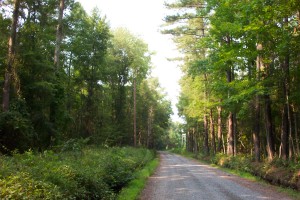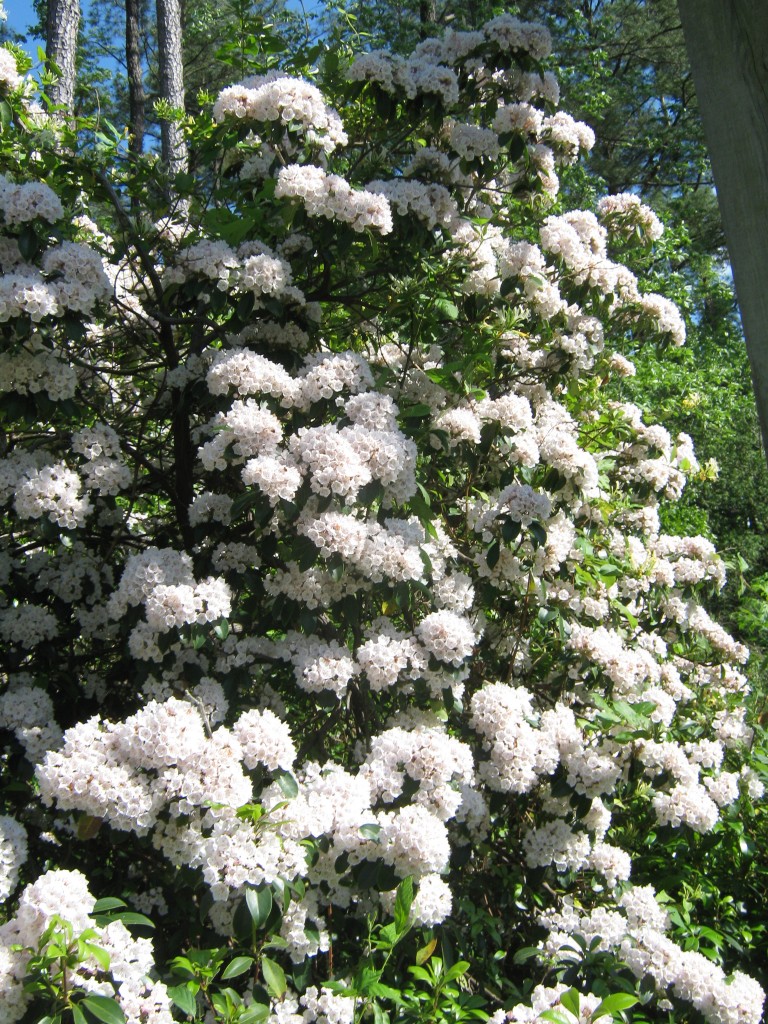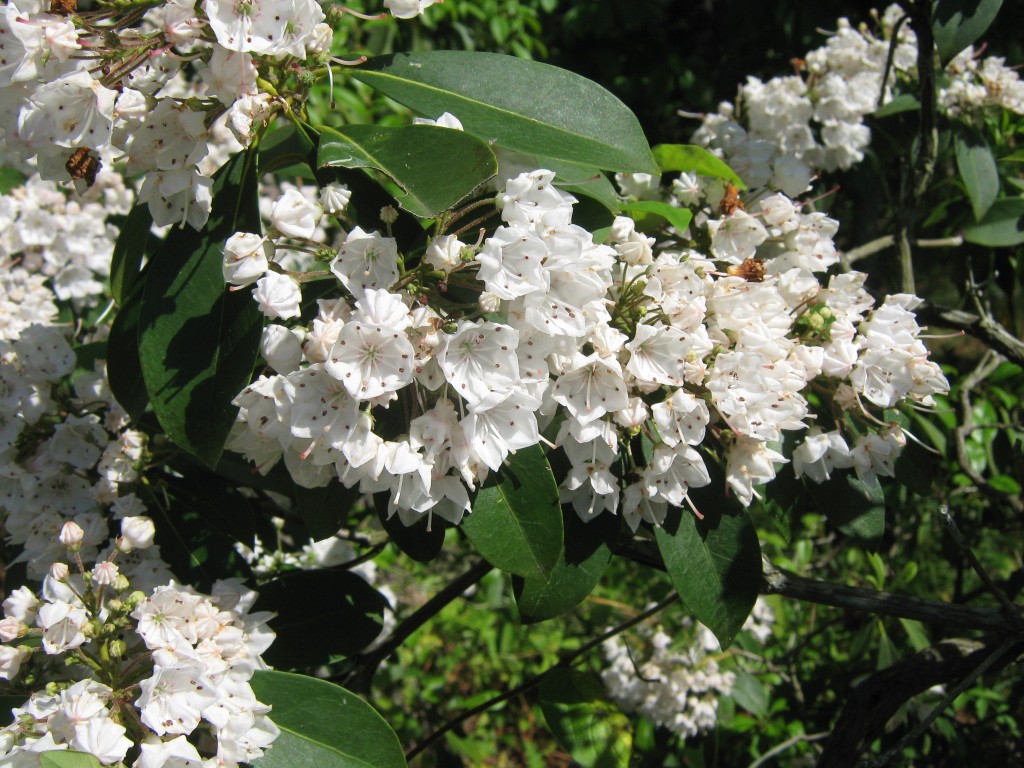When I first wrote this story, I was excited that I received a helpful and rapid response from the U.S. Army Corps of Engineers within 3 hours of my emailed inquiry about the 2012 National Wetland Plant List:”Good timing with your message, the National Wetland Plant List (NWPL) has been finalized and a notice was published in the Federal Register today [May 9, 2012]… https://www.federalregister.gov/articles/2012/05/09/2012-11176/publication-of-the-final-national-wetland-plant-list. The NWPL officially becomes effective on 01 June 2012.”
The 2012 National Wetland Plant List shows Pinus taeda (loblolly pine), and Liquidambar styraciflua (Sweet Gum) as FAC. FAC used to mean Facultative, equally likely to occur in wetlands or uplands. I thought that with the new list recognizing plants like loblolly pine and honeysuckle as very adaptable and not limited to wetlands, the same idea would be carried through in the rest of the listings–and future wetlands delineation decisions would be more rational than in the past.
But not only did the panel add 1,472 plants to the original 6,728 species, they changed the definitions of their wetland indicator classifications as well.
OLD OBL – Obligate Wetland: Occurs almost always (estimated probablility 99%) under natural conditions in wetlands.
2012 OBL: Plants that always occur in standing water or in saturated soils
OLD FACW – Facultative Wetland: Usually occurs in wetlands (estimated 67% – 99%), but occasionally found in non-wetlands
2012 FACW: Plants that nearly always occur in areas of prolonged flooding or require standing water or saturated soils but may, on rare occasions, occur in nonwetlands
OLD FAC – Facultative: Equally likely to occur in wetlands or nonwetlands (estimated probability 34%-66%)
2012 FAC: Plants that occur in a variety of habitats, including wetland and mesic to xeric nonwetland habitats but often occur in standing water or saturated soils
OLD FACU – Facultative Upland: Usually occurs in nonwetlands (estimated probability 67-99%), but occasionally found on wetlands (estimated probability 1%-33%)
2012 FACU: Plants that typically occur in xeric or mesic nonwetland habitats but may frequently occur in standing water or saturated soils
OLD UPL – Upland: Occurs in wetlands in another region, but occurs almost always (estimated probability 99%), under natural conditions in nonwetlands in the regions specified. If a species does not occur in wetlands in any region, it’s not on the National list.
2012 UPL: Plants that almost never occur in water or saturated soils
If the new FAC had stayed with “equally likely to occur in wetlands or nonwetlands,” we’d be in good shape. As it is, future delineations are probably going to be wetlands-biased, especially when FACU includes plants that grow in xeric (arid) regions, but also in standing water or saturated soils. They must be counting flash floods after storms to get that one in.
Take a few minutes and read the Federal Register entry. It provides some interesting background information on the comments from those on the reviewing panel who did not agree with the final decisions. Perhaps the planned challenge studies to test the new list will bring some adjustments. And when they set up the system again to search by county, it might be a good idea to download the local listings before visiting a nursery for landscape plants. Save those labels so you know the scientific names of whatever nonwetland plants you add to your plantings.
To leave you on a pleasant note, these are mountain laurel, Kalmia latifolia – FACU, growing in Mathews, and they aren’t in standing water or saturated soil.





I’m sure they’ll go back and correct all of the mischief of the earlier ‘mis-diagnosis’, huh? Mathews is so blessed to have vigilant people like you, Carol, to be watching these agencies, policies and programs that would be us harm and from which in many cases, there is no chance of correction. Hopefully your keen eyes will continue to patrol and defend us! How can we thank you enough???
Don’t thank me yet. I’m not sure the news is as good as I thought it would be. I almost missed a little matter of a change in definitions of FAC, FACU and FACW. Working on details that will be added later today.
In some cases, a do-over might be better, but these new definitions could make it worse. Watch for updates!
cj